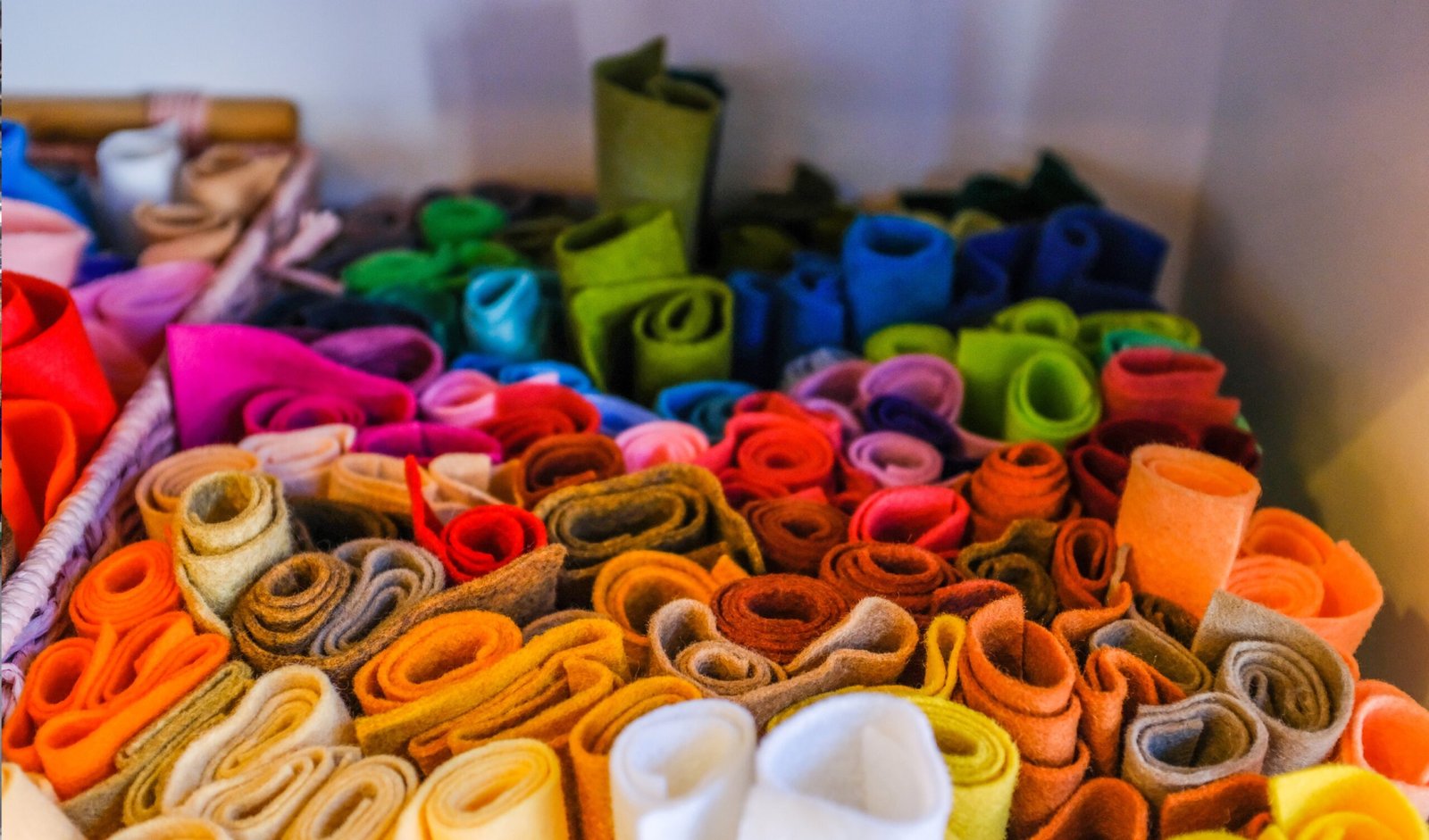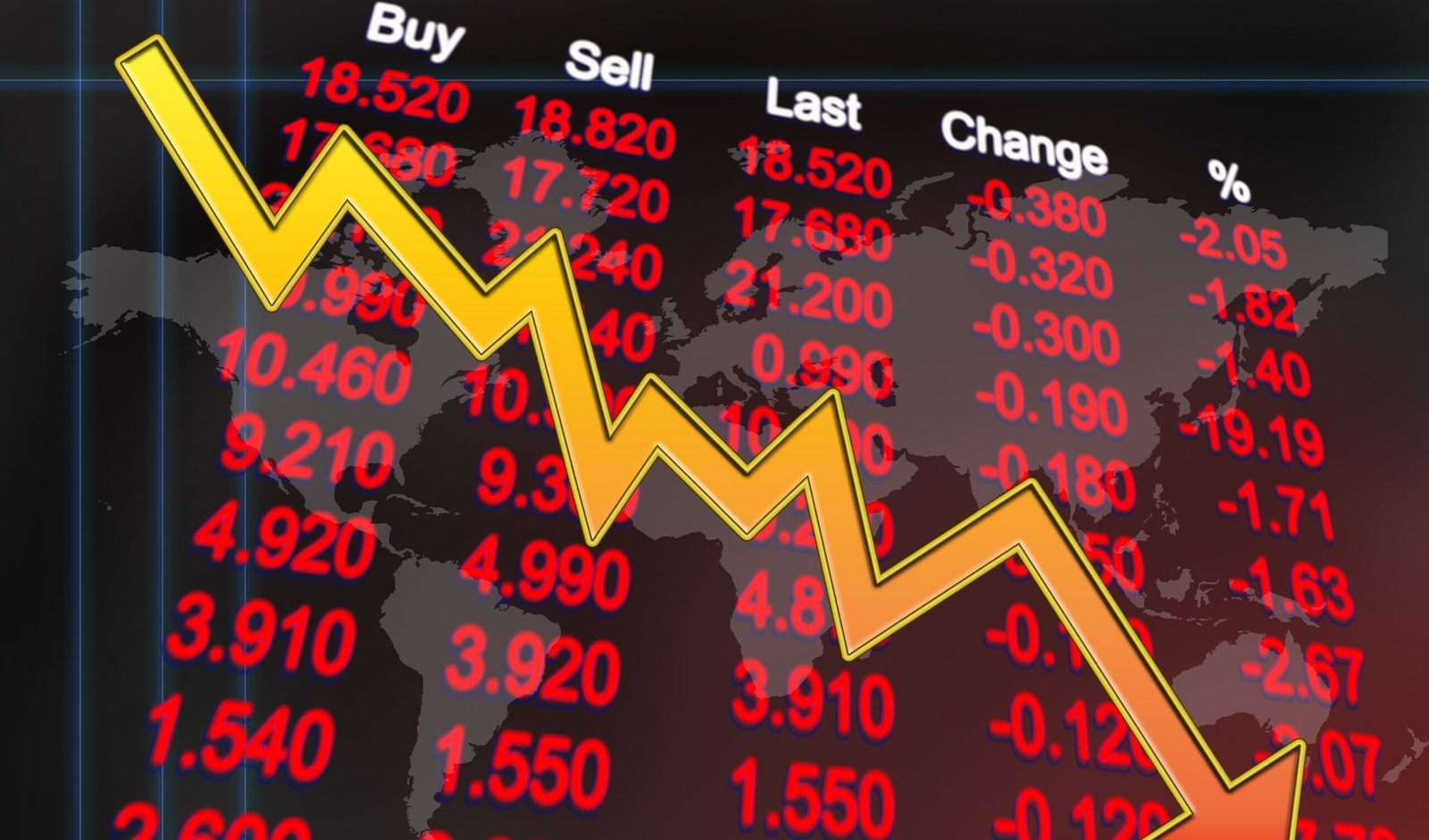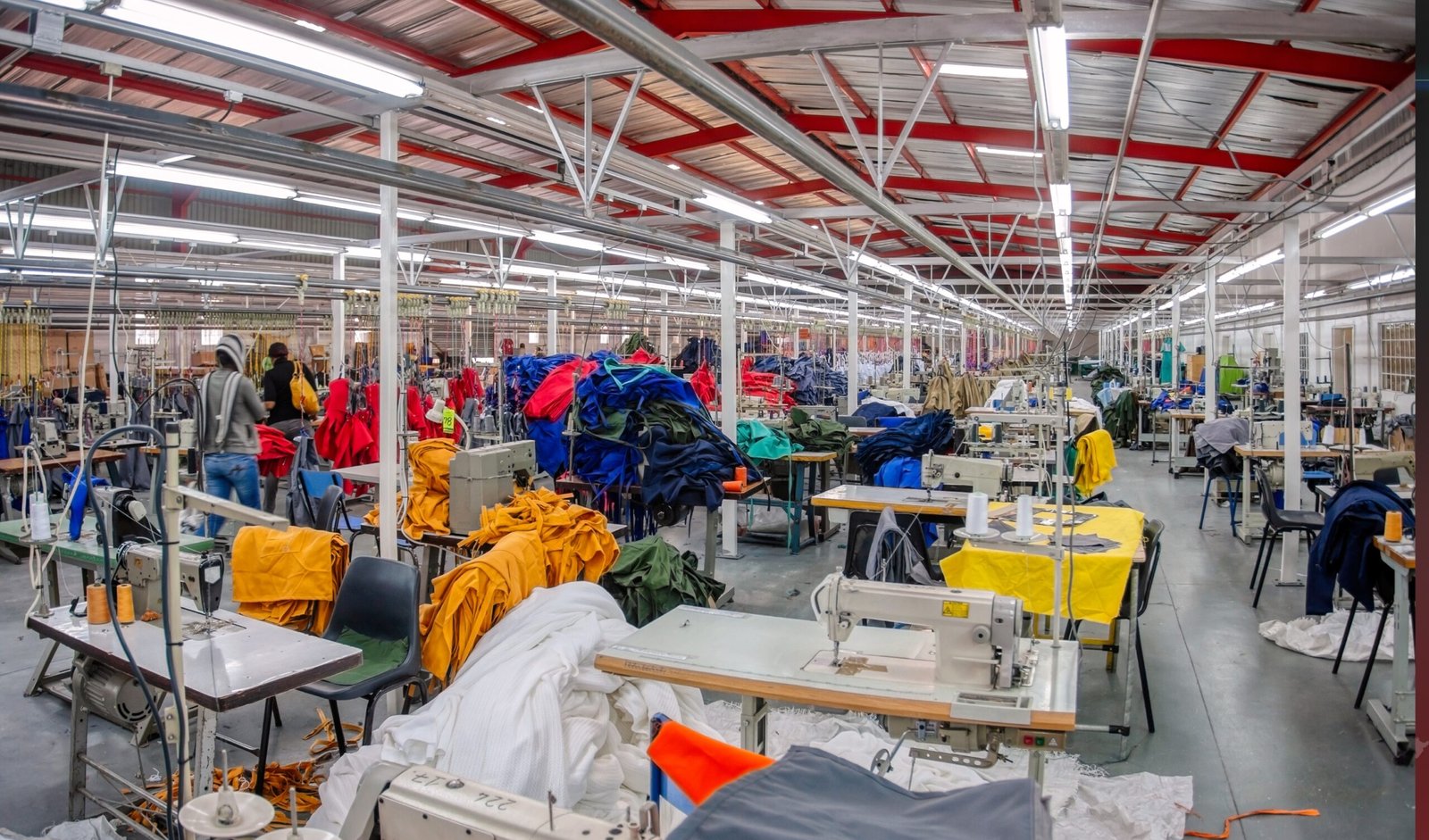Introduction:
Global trade policies play an important role in reshaping the whole textile industry by impacting the trade regulations on textiles, textile tariffs, and international trade agreements and textiles. We need to surely understand that the impact of global trade policies on textiles is essential for the businesses, for traders as well as the manufacturers, to navigate the dicey and changing scenes of international commerce efficaciously.
What are global trade policies?

Global trade policies are the agreements and regulations that govern the trade globally, enveloping the tariffs, quotas and policies of textile export-import. These policies decide on how the raw materials and other textile products move across country borders, affecting the prices, sourcing, and competition in the global market. The key parts of the trade agreements in the textile industry that impacts include:
Textile Tariffs: The taxes on the imported and exported goods.
Textile Trade Policies: Agreements between the countries that’d decide on the trading terms.
Textile import-export regulations: Policies that track the movement of textile goods and materials between the nations.
The Textile Industry: A Global Perspective
The textile industry is highly internationalised, with production fronts in China, Bangladesh, and Vietnam that supply fabrics and apparel products worldwide. The dependency for trade amongst these countries signifies how textile manufacturing and global trade are linked internally.
China, the largest exporter of textiles is majorly impacted by US and EU tariffs. On the other side, India is the rising textile hub that is benefiting from the shifts in the global textile industry challenges. Bangladesh is a major player in this field of garment manufacturing, manipulating the trade agreements in the textile industry for competitive prices. Nevertheless. Vietnam is gaining distinction due to the free trade agreements and favourable labour costs in the nation.
Key Global Trade Policies Affecting Textiles:

Tariffs and Trade Barriers: The cost structure and textile trade are highly impacted because of tariffs, and the impact of trade policy on fabric production is pretty visible in countries with higher tariffs on raw materials. In recent times, President Donald Trump announced a new tariff on 2 April 2025 that includes a 10% tariff on all imports and an added 34% tariff on Chinese textiles. In opposition to that, China imposed the same 34% tax on U.S. textile exports, which disrupted the global textile supply chain. On the other hand, EU is also considering imposing tariffs on the industrial and agricultural goods of the US, which surely complicates the global textile trade policies.
Free Trade Agreements (FTAs): International trade agreements and textiles are crucial in reshaping competitiveness and market access. Some significant agreements include the US-Mexico-Canada Agreement (USMCA), which supports the North American textile trade by making local sourcing mandatory. Reducing the trade barriers and boosting the exports for textiles among the Asian economies is the Regional Comprehensive Economic Partnership (RCEP). The European Union Trade Agreements work on the post-Brexit policies that have influenced the textile exports to and from the UK.
Quota Systems: In simple terms, quotas are to limit the imports and exports of textiles so that the domestic industries are protected but also restrict free trade. These quota policies impact the textile market trends and trade by affecting the availability and pricing of the materials.
Environment and labour regulations: Modern-day global textile trade policies include and incorporate the standards for sustainability and ethical labour. They promote the use of natural and eco-friendly materials such as flax, organic cotton, and even recycled polyester. To ensure ethical working condition in the textile production and manufacturing units, fair wages and standards for labour are implemented. The environment-friendly regulations have been encouraging textile recycling and upcycling to minimise waste as circular economy initiatives.
The Effect of Tariffs on Textile Prices and Market Trends:

Tariffs directly affects the textile market trends and trades, it influences the cost of the raw materials and other products along with the retail pricing. Currently, U.S. tariffs imposed on the Chinese market increases the costs for American retailers, asking them to shift their sourcing towards other countries such as India and Vietnam. Because of this reason, the major U.S. brands, such as Gap, Nike, and Ralph Lauren, went through stock price declines of up to 30% due to the increased costs for sourcing.
The Role of Trade Agreements in Shaping the Textile Markets:
Regional Comprehensive Economic Partnership (RCEP) and Textile Trade: RCEP tracks and helps textile manufacturing and global trade by significantly decreasing the trading barriers among countries like South Korea, Australia, China, Japan, and New Zealand.
US-Mexico-Canada Agreement (USMCA) and North American Textile Trade: This particular highlight regional trade by implementing the need for a significant portion of production to be sourced from in-group member countries, supporting and helping domestic industries.
Brexit’s Effect on EU Textile Trade: Brexit environment leading to regulatory changes affected UK, causing fluctuations in price and disruptions in the supply chain for textiles.
Impact of Trade Policies on Textile Manufacturing and Sourcing:

The textile industry’s impact on trade policies goes down to the manufacturing and sourcing plans, with the shift to the low-cost regions. With the rise of tariffs amongst nations, many companies relocated their general production to countries with fair and favorable international trade agreements and textiles. Multinational businesses are expanding their sourcing network as per diversified sourcing strategy and to minimize the tariff possibilities.
Sustainable Trade Policies in the Textile Industry:
At the moment, the sustainability is massively incorporated in the textile industry, global textile trade policies have been transforming production and manufacturing, as well as export strategies. For instance, there have been incentives for eco-friendly materials, which include the encouragement by the governments for the adoption of sustainable textile materials and products. Trade agreements, on the other hand, now require compliance with fair wage policies for the rights of the labour and the ethical standards. There are policies that are promoting circular economies for waste reduction and as recycling initiatives.
Strategies for Textile Businesses to Navigate Trade Policy Challenges:
There is a need for the nation to remain competitive amid the changing global trade policies and textiles, for which the businesses must monitor the trade policy changes. Textile trade and economic growth go hand in hand, and one needs to stay informed about the import-export regulations and other tariff adjustments. The businesses need to optimize the supply chain by adapting sourcing strategies to alleviate the trade barriers. Another step could be to utilize the trade agreements to reduce the costs and enhance the market access so as to leverage FTAs.
The Future of Global Trade Policies and Textiles:
The future is more likely to be shaped by the Digital Trade Agreements, which is the increasing automation or AI-driven trade. There is going to be a massive shift with the regions, and that will be due to the tariffs and other sustainability concerns. Greater focus on the environmental regulations and emphasis on a sustainable future can be seen to be a major point in the textile trade policy.

Conclusion:
The impact of the trade policies and textile innovation continues to evolve, with changing prices, sources, and market accessibility. Businesses need to be on the edge with their knowledge and updates for these regulations. As global trade is up for newer regulations and trade barriers, companies would be required to thrive in this ever-changing market. India, seems to ger benefits from these shifts, as stated by Mr. Kulin Lalbhai, the Vice-Chairman of Arvind Limited, noted that the U.S. tariffs on Chinese textiles offer greater competition and chances to Indian manufacturers. With increasing interest from the world towards India as a sourcing hub, the country’s textile exports are expected to have rapid growth.
In the very recent development, India cancels transshipment facility of Bangladesh to export their goods to other countries, this facility had enabled smooth export to countries like Bhutan, Nepal and Myanmar. Because of this decision, the Indian exporting sectors such as apparel, footwear, gems and jewellery sectors will be benefited.



